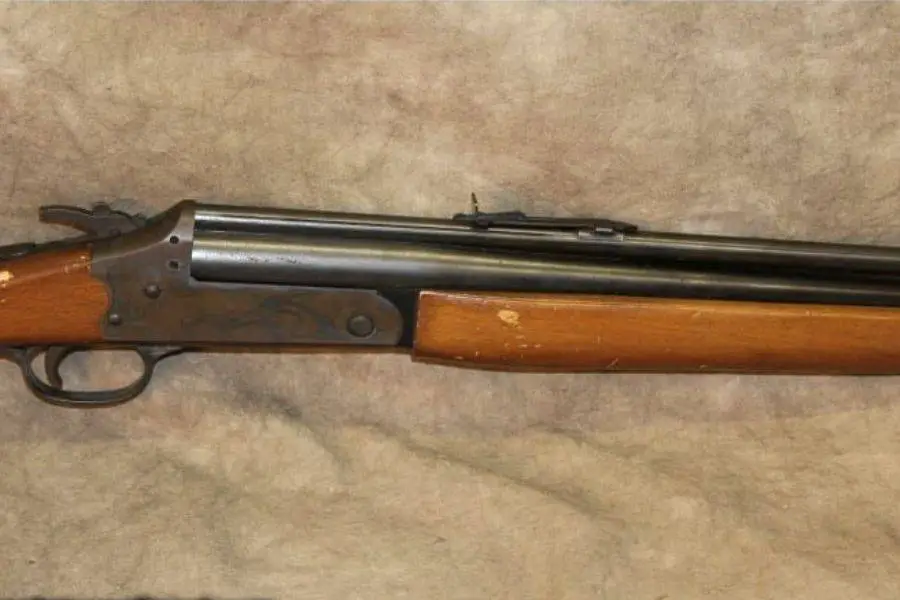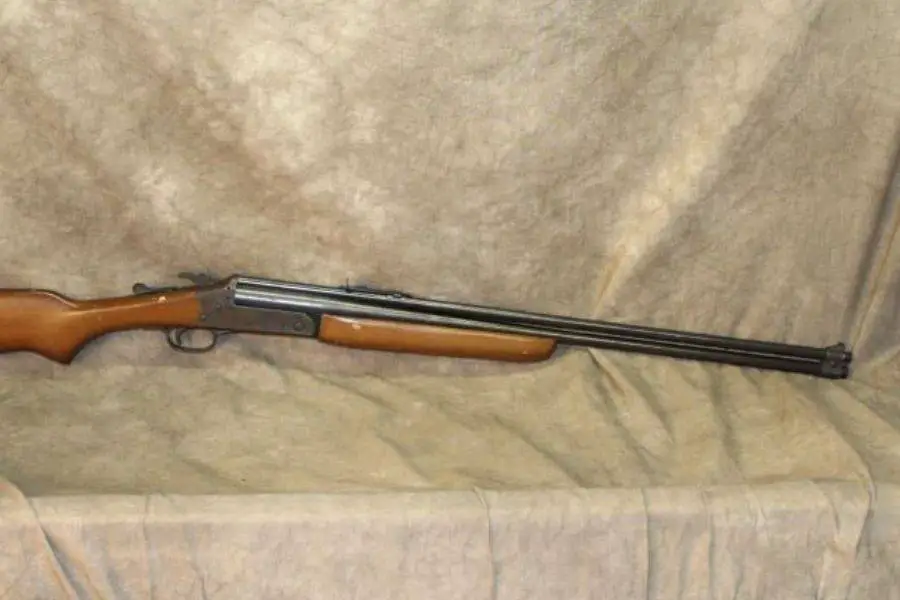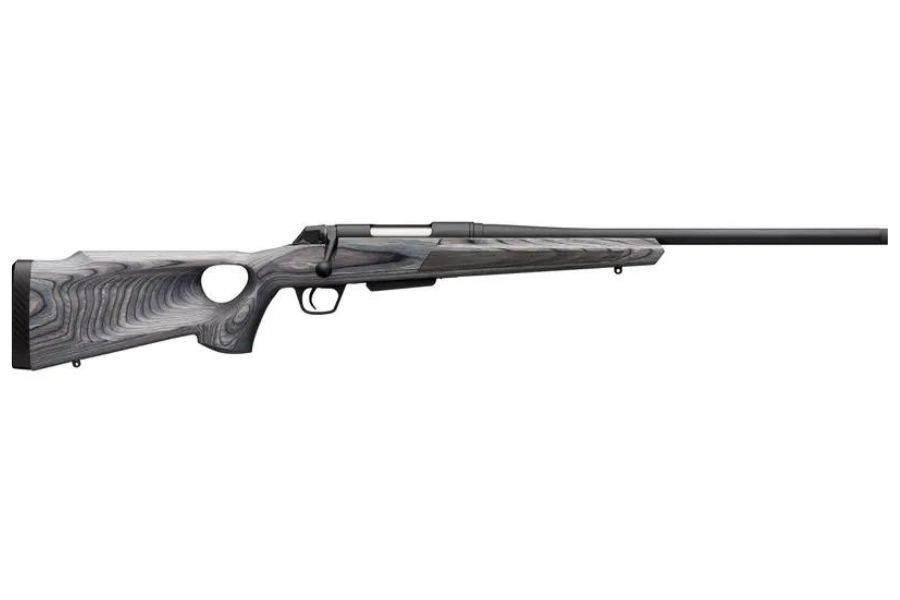Table of Contents
The Savage Model 24 is a dual-barrel, combination gun manufactured by the Savage Arms Company.

It features an over-and-under barrel setup with a rifle on top and a shotgun underneath.
Since its introduction in 1939, the Savage Model 24 has been popular among hunters and sport shooters for its versatility and reliability.
However, like all firearms, it can experience common problems that need to be identified and addressed.
The Importance of Understanding Common Problems
Understanding the common problems of the Savage Model 24 is crucial for maintaining the firearm’s performance and longevity.
By identifying these issues early, owners can take the necessary steps to prevent further damage and ensure safe operation.
This article will delve into the most commonly reported problems associated with the Savage Model 24 and provide insights into their causes and potential remedies.
Misalignment of Barrels
Symptoms of Misalignment
One of the most common issues reported with the Savage Model 24 is the misalignment of the barrels.
This problem can lead to inaccurate shots and in severe cases, may cause the bullets or pellets to strike the wrong barrel.
Symptoms of misalignment include off-target shots, unusual recoil patterns, and visible signs of wear on one side of the barrel.
Potential Causes and Solutions
Misalignment can occur due to several reasons, such as improper assembly, physical shock during transport, or regular wear and tear.
If you suspect barrel misalignment, it’s advisable to consult a professional gunsmith. They can realign the barrels using specialized tools and techniques, ensuring safe and accurate firing.
Firing Pin Issues
Recognizing Firing Pin Problems
Firing pin issues are another common problem with the Savage Model 24. These problems can manifest as light strikes or misfires.
In some cases, the firing pin may stick or fail to return to its original position after firing.
How to Address Firing Pin Issues
If you’re experiencing firing pin issues, the first step is to disassemble and clean the firing pin and its channel. Dirt, grime, or rust can sometimes cause the pin to stick or move sluggishly.
If cleaning doesn’t resolve the issue, you may need to replace the firing pin. Always consult the manufacturer’s guidelines or a professional gunsmith when replacing parts to ensure proper installation.
Ejector Malfunctions
Identifying Ejector Malfunctions
Ejector malfunctions can interfere with the reloading process and potentially cause a dangerous situation if a spent casing gets stuck in the chamber.
Signs of an ejector malfunction include failure to eject casings, difficulty in opening the action after firing, or visible damage to the ejector itself.
Steps to Fix Ejector Issues
Ejector issues often stem from dirt or debris interfering with the ejector mechanism, or from wear and tear on the ejector spring.
Regular cleaning can help prevent these issues. If the ejector is damaged or the spring has lost tension, you may need to replace these parts.
Again, consult a professional gunsmith for replacement to ensure safe and proper function.
Trigger Mechanism Faults

Signs of Trigger Mechanism Faults
Trigger mechanism faults can seriously affect the operation of your Savage Model 24. These faults can result in a trigger that’s hard to pull, fails to reset after firing, or in severe cases, fires unexpectedly.
Remedies for Trigger Mechanism Problems
Trigger problems can be caused by a variety of issues, including dirt buildup, worn springs, or damaged components.
Regular cleaning and maintenance can prevent many trigger mechanism faults. However, if the problem persists, it’s best to have a professional gunsmith inspect and repair the trigger assembly.
Stock Damage
Indications of Stock Damage
The stock is an essential part of your firearm, providing a stable platform for aiming and firing. Cracks, splits, or warping in the stock can affect the gun’s balance and accuracy.
These issues can also lead to more severe problems if not addressed promptly.
Repairing and Preventing Stock Damage
Minor cracks or splits can sometimes be repaired using specialized gun stock repair products. However, severe damage will likely require a stock replacement.
To prevent stock damage, always store your firearm properly and avoid exposing it to extreme temperatures or humidity.
Chamber Issues
Detecting Chamber Problems
Chamber issues can result in difficulty loading or ejecting rounds, misfires, or even dangerous situations like a round getting stuck in the chamber.
Signs of chamber issues can include visible damage or wear inside the chamber, difficulty inserting rounds, or unusually heavy recoil.
Resolving Chamber Issues
Chamber issues can often be resolved by thorough cleaning to remove any dirt, grime, or brass shavings that could interfere with the chamber’s function.
If the problem persists, the chamber may be worn or damaged and require professional inspection and repair.
Extractor Complications
Symptoms of Extractor Complications
The extractor is a crucial component that removes spent casings from the chamber after firing. If the extractor is malfunctioning, it may fail to extract casings, leading to jams.
Signs of extractor issues can include frequent jams, visible damage to the extractor, or difficulty operating the action after firing.
Solutions for Extractor Problems

Extractor complications are often due to dirt or debris interfering with the extractor’s movement or wear and tear on the extractor or its spring.
Regular cleaning can help prevent many extractor issues. If the problem persists, you may need to replace the extractor or its spring, ideally under the guidance of a professional gunsmith.
Safety Mechanism Failures
Recognizing Safety Mechanism Failures
The safety mechanism is a critical feature of the Savage Model 24, designed to prevent accidental discharges.
If the safety is not functioning correctly, it may fail to engage or disengage properly, or it could be difficult to move. In some instances, the firearm may discharge even when the safety is engaged.
Addressing Safety Mechanism Failures
Safety mechanism failures should be addressed immediately due to their potential risk. Problems with safety can stem from dirt or grime buildup, wear and tear, or damage to the safety components.
Cleaning can resolve some issues, but if the problem persists, you should consult a professional gunsmith. It’s crucial not to attempt to use the firearm until the safety issue is resolved.
Sight Issues
Identifying Sight Issues
Sights are essential for accurate shooting. If the sights on your Savage Model 24 are loose, misaligned, or damaged, your accuracy will likely suffer.
Signs of sight issues can include consistently off-target shots, sights that move or wobble, or visible damage to the sights themselves.
Resolving Sight Issues
Sight issues can often be corrected by tightening any loose components and realigning the sights. However, if the sights are damaged, they’ll likely need to be replaced.
As always, if you’re unsure about how to correct sight issues, it’s best to consult with a professional gunsmith.
Conclusion
We have outlined some of the most common problems experienced by owners of the Savage Model 24, including barrel misalignment, firing pin issues, ejector malfunctions, trigger mechanism faults, stock damage, chamber issues, and extractor complications.
Understanding these problems is the first step towards diagnosing and resolving them, ensuring your firearm remains in top condition.
Regular maintenance and care are crucial for any firearm, and the Savage Model 24 is no exception.
By keeping your gun clean, storing it properly, and addressing any issues promptly, you can enjoy many years of reliable service from your Savage Model 24.
Remember, when in doubt, consulting a professional gunsmith is always a safe and wise decision.









